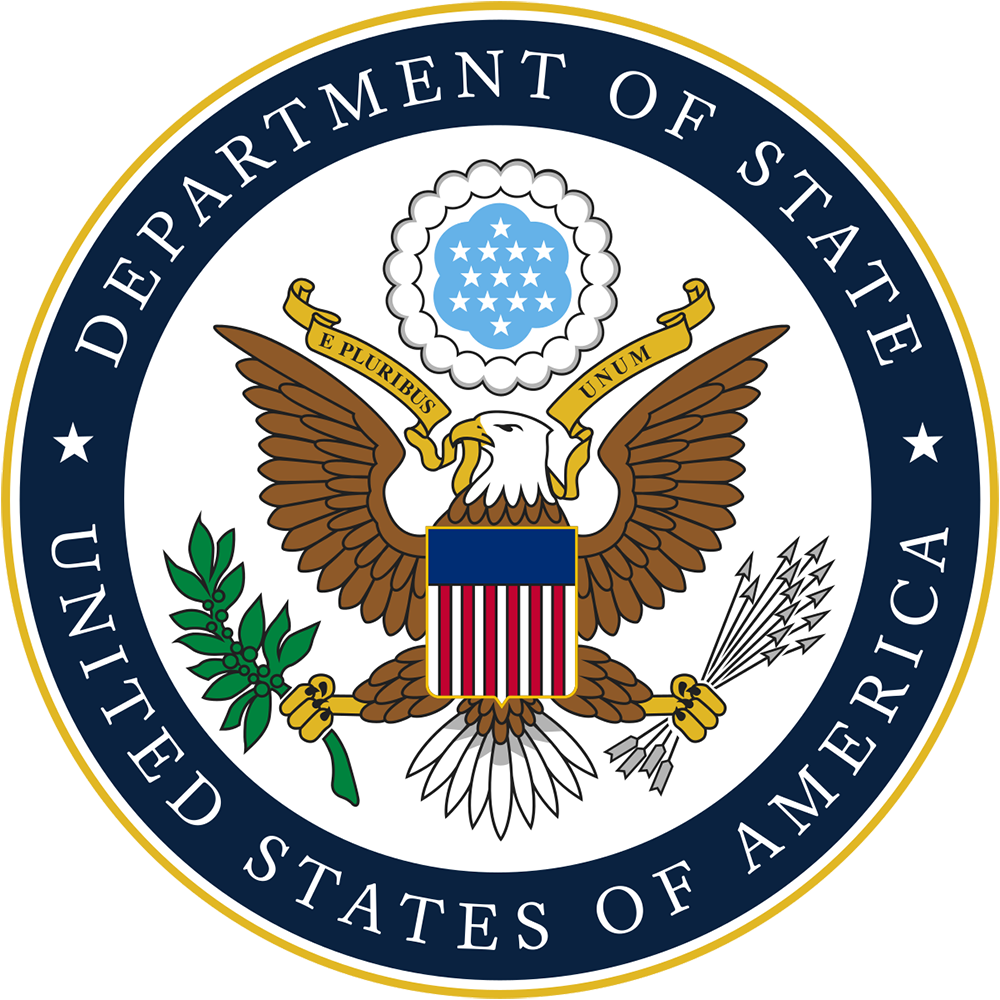
A look at how the world’s best companies stay on top.
Brands and branding can be understood best by looking at the crème de la crème of commerce. The leading examples of brands and branding online are the top, most successful company websites. Every list will include Google, Facebook, and YouTube, probably in the top three positions. How have these three brands held onto their top spots?
The Google brand is famously tied to its singular focus. Look at how it started. While other search engines were building portals so that visitors would be presented with all kinds of options and services. Google provided visitors with nothing more than a logo and a search box. Most of those portal sites are gone, or fading, and Google remains. The other side of Google is constant innovation. They change their search algorithm nearly 500 times each year. They are constantly rolling out enhancements of their product.
Google provides different search engines for 158 different countries. Each search engine is in the language of the country, and provides local results. The famous Google Doodles also vary from country to country, sometimes celebrating dates or figures of great national importance.
Facebook is also famous for its initial simplicity and for its focus on the user experience. However powerful and complex the Facebook platform may be behind the scenes, to the user, it just means clicking on the most intuitive icon. Innovation has also been part of the Facebook story, to the point that it has a reputation for “failing quickly.” Facebook rolls out new products and features rapidly, often with little testing, and has sometimes paid the price. But they stay current and they stay on top.
The international brands and branding strategy of Facebook was based on localization. Facebook achieved rapid growth in many countries by providing its service in the language of each country. It has also positioned itself as a platform for businesses that want to establish a global presence. The Facebook Global Pages program allows businesses to provide localized versions of their content to visitors from different countries.
YouTube is a Google product now, but it began as a competitor. When YouTube launched, Google had their own platform, called “Google Video.” But YouTube became such a threat to Google Video that Google bought the company in 2006. In 2012, Google Video was finally shut down.
Why was YouTube the victor? Google Video asked too much of their users. Uploading videos was complicated and slow, users had to install a browser plug-in to watch, and there was no easy way to share them.
YouTube kept it simple. Uploading was simple, and users could watch with a technology that over 80% of them had already installed. Equally important was the ease with which people could share the content on other platforms. YouTube videos could be embedded in MySpace, the leading social network at the time, as well as on blogs and websites. YouTube is also widely recognized for its commitment to innovation, both in creating new content channels and in making the platform even faster and more easily shared.
YouTube has always depended on content creators from all over the world. Not only does it provide localized tools in 73 countries, but most creators find that 60% of their views come from outside their home country.
Brands and Branding:
The keys to staying at the top of the lists of successful global websites are fairly consistent. Not just with these three, but with others that are often in the top ten as well, such as Amazon and Wikipedia. They are:
- Focus on the primary value of the website to the user. Search engines are for searching. Trying to turn a simple proposition into a complicated portal is an idea that has been repeatedly rejected by the competitive online marketplace.
- Keep it simple for the user. Complexity behind the curtain is fine, but users need to clearly see where to go and what to do in order to accomplish their goals on the website.
- Top websites do not rest on existing features and technology. They constantly test and upgrade their technologies, and they roll out new features regularly. Sometimes those changes fail, but big websites prefer the occasional failure to complete and utter stagnation.
Want your global branding to really take you places? MediaLocate’s professional Global Reach services give you access to the intensive global market research and high-quality website optimization that you need to increase your reach, improve your brand, expand your clientele and boost your profits. Want to learn more about making your website global-ready? Call us at 1-800-776-0857 or download our free Global Readiness Guide.
Free Global Readiness Guide.
Related Posts:
4 Reasons Your Global Market Strategy May Backfire
Are Your Banner Ads Clicking With Your Worldwide Customers?
3 Reasons You Should Listen To Your Global Customers
Global Marketing — Localizing for the Locals
3 Reasons Why Your Website May Sink Your International Profits
Global Marketing — How Deep or Wide Should I Go?












